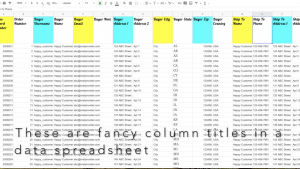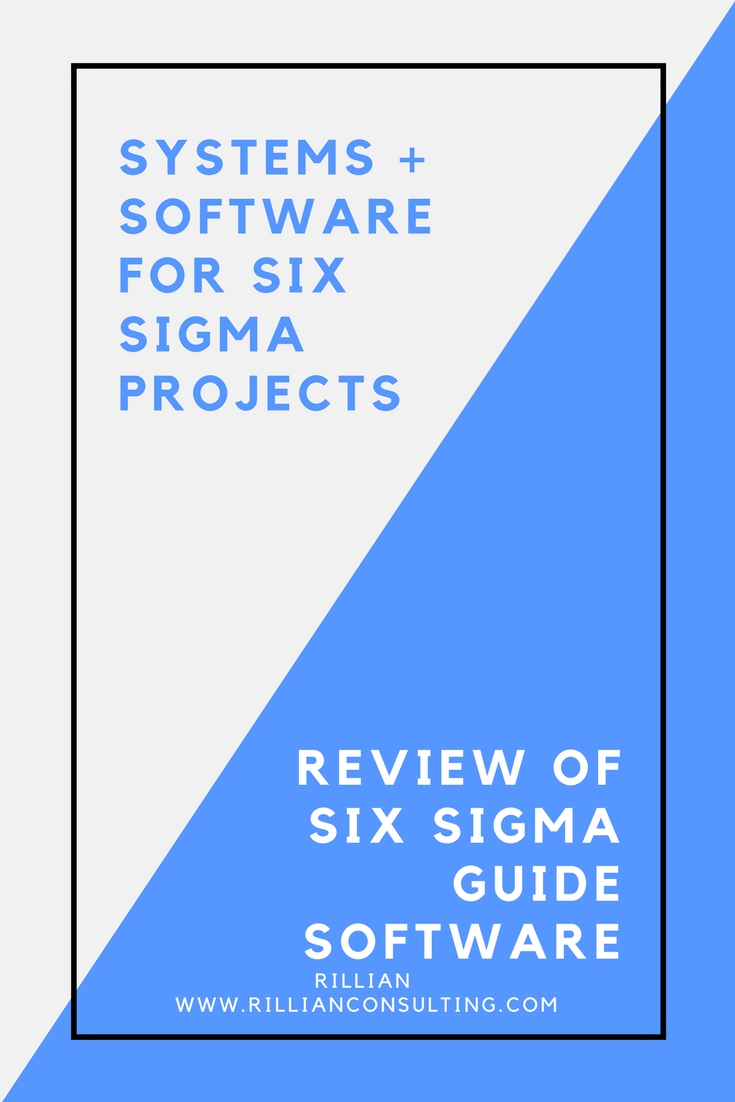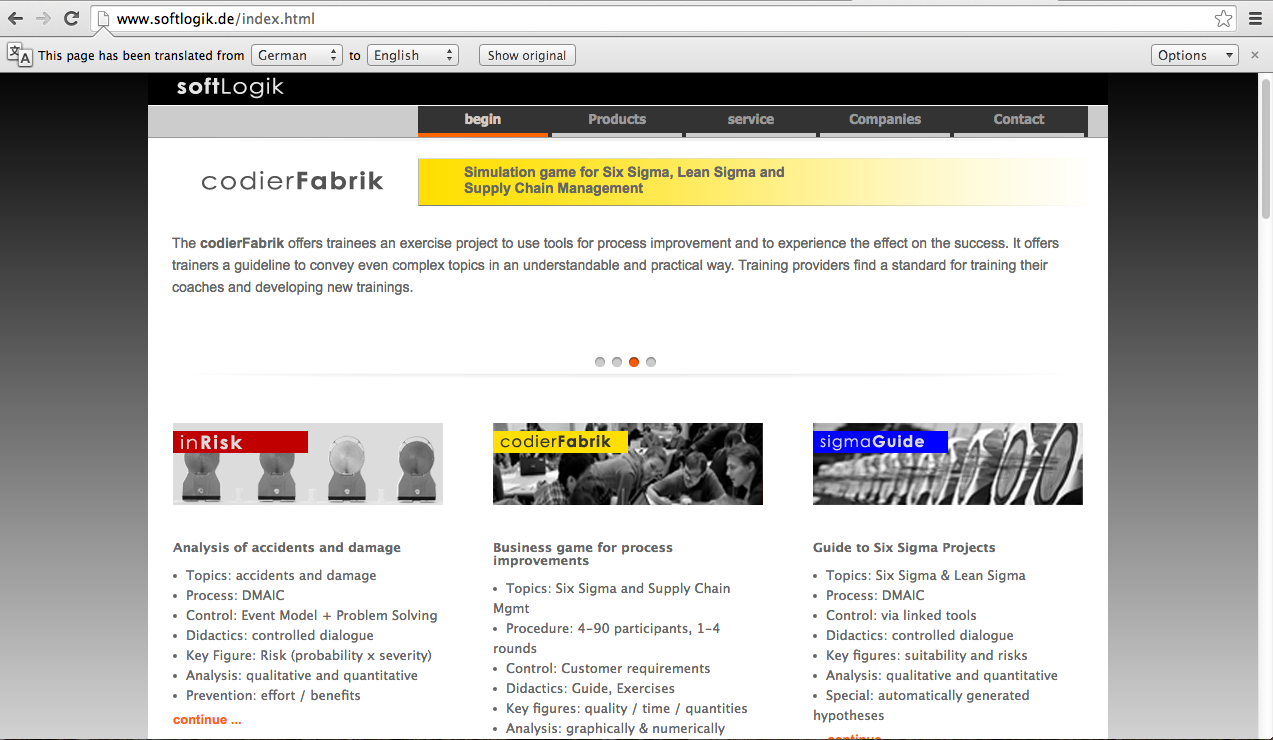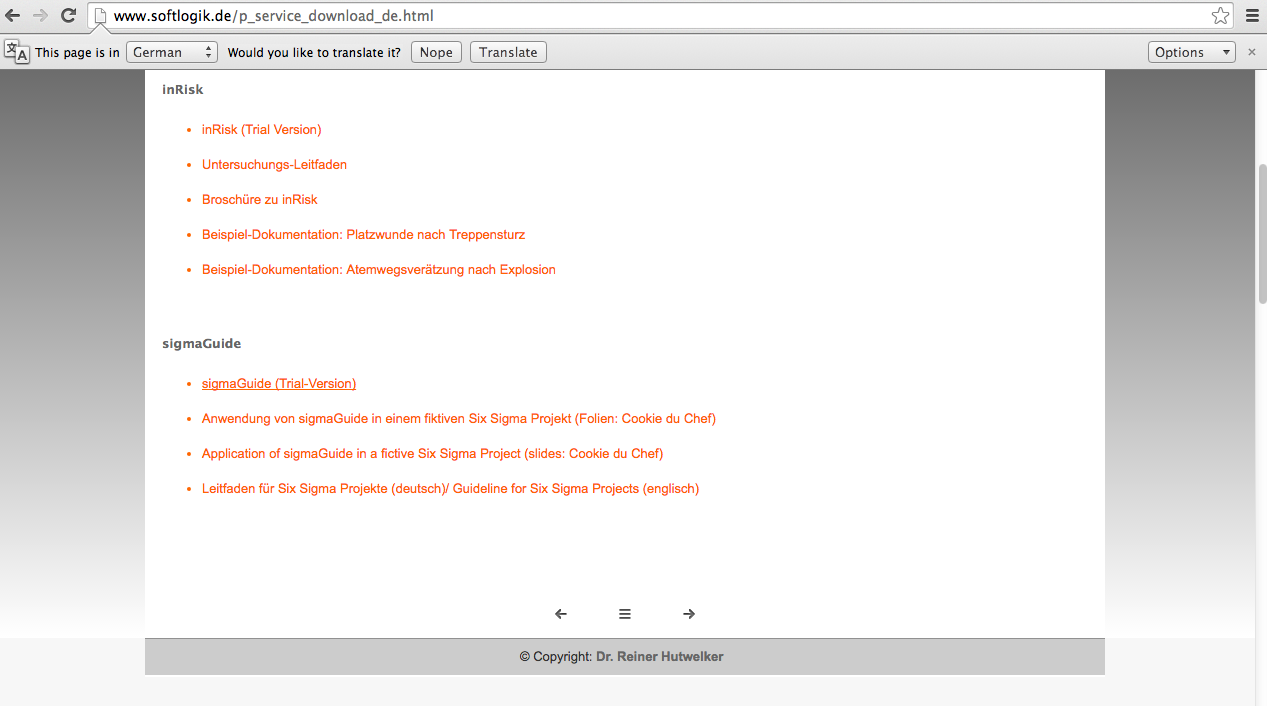Understanding the mode is important. The mode, or the most occurring value in a data set, is a commonly used descriptive statistic that is especially useful when working with nominal or categorical data.
The video below provides a brief overview of what the mode is, answers to frequently asked questions (FAQs) about the mode and gives real world examples of using the mode.
The mode is different than the mean (average) and median. The mode is the most occurring value whereas the mean is the sum divided by the number of observations in the data set and the median is the middle number in the data set when the data is put into order by size, from smallest to largest.
All of the data in the data set has to be in or converted to the same unit of measurement in order to find the mode.
There can be more than one mode in a data set. Some data sets may have multiple values that occur the most.
Watch the above video to see how the mode is used to find the state(s) with the most customer orders in the e-commerce store example, and how it’s used to in the plant nursery/garden store example to identify the type of flower or plant that survey respondents like to give as gifts.
In conclusion, the mode is useful in a variety of different types of data sets in a variety of different scenarios across many industries. Refreshing your understanding of this basic descriptive statistic will help you use it in ways that are useful to you and your organization.
Do have any examples of how the mode is useful in analyzing data for your work or in your life? Share your example in the comments below!




